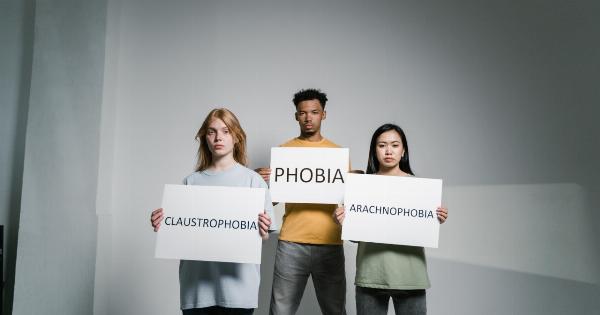In this day and age, digital communication has become an essential part of our lives. From texting and email to social media and video conferencing, we use various forms of digital media to stay connected with people all over the world.
However, while these technologies have made communication more convenient, they have also introduced new sources of anxiety into our lives. Here are some examples of digital communication that can trigger anxiety in just seconds:.
1. Push Notifications
Push notifications are alerts that pop up on our phones or computers when we receive a new message, email, or social media notification.
While they can be helpful for keeping us up-to-date, they can also be distracting and disruptive, leading to feelings of overwhelm and anxiety.
2. Unanswered Messages
Have you ever sent a message to someone and not received a reply? The longer the wait, the more anxious we tend to become, wondering if the person is ignoring us, upset with us, or simply hasn’t seen the message.
This can lead to a cycle of obsessive checking and waiting that can be hard to break.
3. Social Media Stress
Scrolling through social media can trigger feelings of anxiety as we compare our lives to the curated highlights of others.
Seeing perfect bodies, lavish vacations, and idyllic relationships can leave us feeling inadequate and unhappy with our own lives.
4. Email Overload
Email is an essential tool for work and communication, but it can also be a major source of anxiety. A cluttered inbox can feel overwhelming, and the pressure to respond quickly to every message can be stressful.
5. Online Trolls and Bullies
The anonymity of online communication can bring out the worst in people. Trolls and bullies can harass and intimidate others, causing real harm and triggering anxiety and fear in their victims.
6. Video Conference Anxiety
The rise of video conferences as a replacement for face-to-face meetings has introduced new forms of anxiety. Technical glitches, awkward silences, and the pressure to perform well in front of a camera can all trigger anxiety and stress.
7. Fear of Missing Out (FOMO)
The constant stream of information and updates can make us feel like we’re always missing out on something important. Whether it’s a social event, a trending meme, or breaking news, FOMO can cause us to feel anxious and restless.
8. Cybersecurity Concerns
The threat of cyber attacks and identity theft can cause anxiety for many people. Knowing that our personal and financial information is at risk can lead to feelings of vulnerability and fear.
9. Constant Connectivity
The expectation of being constantly connected can be stressful. Whether it’s work emails on the weekends or social media notifications during our downtime, the pressure to always be available can be overwhelming.
10. Digital Detoxing
Finally, the idea of unplugging from our devices altogether can also cause anxiety. The thought of missing out on important updates or losing touch with friends and family can make it hard to disconnect and take a break from technology.
Overall, while digital communication has many benefits, it’s important to recognize the potential sources of anxiety and take steps to manage our use of technology to minimize their impact.




























